The post 5 Different Approaches to Learning Photography appeared first on Digital Photography School. It was authored by Charlie Moss.

There are many different approaches to learning photography. Some people would have you believe that one way is far superior to others. But the reality is, everyone learns differently. People have different lifestyles and learning methods, various time constraints, and different budgets.
You’re already on a site that offers one way of learning photography, but have you considered the other paths that you could take? Here’s a rundown of different ways that you can structure your practice and improve your photos.
1. Blogs
It doesn’t take much to find a myriad of blogs looking to help you learn photography. Anyone from the most experienced professional photographer to someone who just bought their camera can start a blog. I guarantee that you can learn something from all of these photographers.

For some people, like myself, blogs are an excellent format for learning photography. I’m the kind of person who learns well from text and pictures, so I read a lot of different blogs by many different photographers.
There are two significant advantages of blogs over other kinds of learning. The first is that anyone can create them, which leads to all sorts of ideas being shared. The second is that they’re quick to respond to new technologies and techniques. You’ll probably see articles about near gear or styles on a blog way before you see the same information in a book.
2. Books
Having just said that blogs are more likely to have new information than books, books still have some advantages. They often go into much more detail than blogs, especially where the content is unlikely to change even with new technology.
I have several books that cover scientific aspects of cameras and photography, and they’re still useful almost fifteen years after I bought them.
This solid foundation of knowledge can be where it’s helpful to use a few different approaches to learning photography, topping up your foundations with videos or blogs.

You can often pick up second-hand photography books cheap in thrift stores and on online auction sites. I have some real gems from decades back. They are fascinating to use to learn techniques that were in fashion at the time.
My particular favorites are the 70s and 80s glamour photography books I own; when I started shooting male glamour models and wanted an 80s vibe, they were the first place I looked for inspiration!
3. Videos
YouTube is a great place to find both photographic inspiration and tutorials of all kinds. And just like blogs, everyone can start a channel and upload videos to help other photographers learn.
An advantage of video is that if you’re the kind of person who learns best visually, you can get to grips with a technique much more effectively as you watch a photographer demonstrate it. Different approaches to learning photography will suit different people – everyone learns in different ways.

Some websites offer whole libraries of classes to watch, with some of the courses lasting several days! You can generally either buy the class to keep forever or take out annual or monthly subscriptions that allow you to view all the classes on the site for as long as you keep subscribing.
Many people find watching video tutorials a great way to learn. I’ve got several friends who have taught themselves photography almost entirely from YouTube. If you love watching videos, then you’re spoilt for choice. There is a video tutorial on just about every aspect of photography that you can imagine (and a few you’ve never thought of).
4. Workshops
If there’s one good thing that will come out of our global extended time at home, it’s that there are now many more workshops happening online. Participating in a photography workshop can now be as simple as firing up some video conferencing software and tuning in to listen to an instructor talk!

The advantage of live workshops over pre-recorded videos is that you can usually ask the instructor questions during the workshop. Many online video conferencing platforms have the ability for you to type our a question or virtually raise your hand. Do take advantage of this feature and ask all the questions you can think of.
Of course, workshops that happen in person are great too because you can often get hands-on with equipment that you might not have at home. Lighting workshops should give you the time to try out the gear that you’re being taught to use, and ideally, there’s scope to play around a be a bit creative while you have a go.
One type of workshop that it’s particularly helpful to keep an eye out for is when camera manufacturers release new equipment. Often they hold cheap (or even free) seminars that allow you to get hands-on with new lenses and cameras. Even if you don’t intend to buy a new camera or lens, this can be a great way to have access to a professional photography teacher who you can ask questions!
5. University
Perhaps the ultimate long-term commitment to learning about photography is going to university and doing a degree. It’s not an option for everybody, of course. But for those that can afford both the time and the money, it’s incredible to be able to immerse yourself in a single subject for three years and one of the most intense approaches to learning photography.

If this is an option that you’re considering, then do think outside of the standard photography degree. Some universities let you combine photography with subjects like marketing. This combination would be an incredible option for those wanting to go into advertising photography.
If you wanted to go into photojournalism, then you might choose to find a way to combine photography with international politics.
And don’t forget fine art as a subject either! There’s often lots of scope for photography practice on a fine art degree.
I chose to go to university to study art history as a mature student. It is genuinely the best decision that I ever made as a photographer. It has matured my work, given me a greater understanding of issues when it comes to artistic practice, and it has opened my eyes to a whole incredible history of creativity and art. I liked it so much that I’m now doing a PhD. You never know where studying photography might lead you!
Pick the right option for you
The advice that I always give when photographers ask about how best they should learn is that they should pick the route that makes the most sense for them and their photographic aspirations.
There are so many different approaches to learning photography that everyone should be able to find an option that suits their life, budget, and their dreams. And remember that if you’re not enjoying what you’re doing, then try something new! You can always ask photographers that you know and see what worked for them.
Do you have anything you’d add to this? Feel free to share any other tips, or your experiences of learning photography with us in the comments section.
The post 5 Different Approaches to Learning Photography appeared first on Digital Photography School. It was authored by Charlie Moss.



















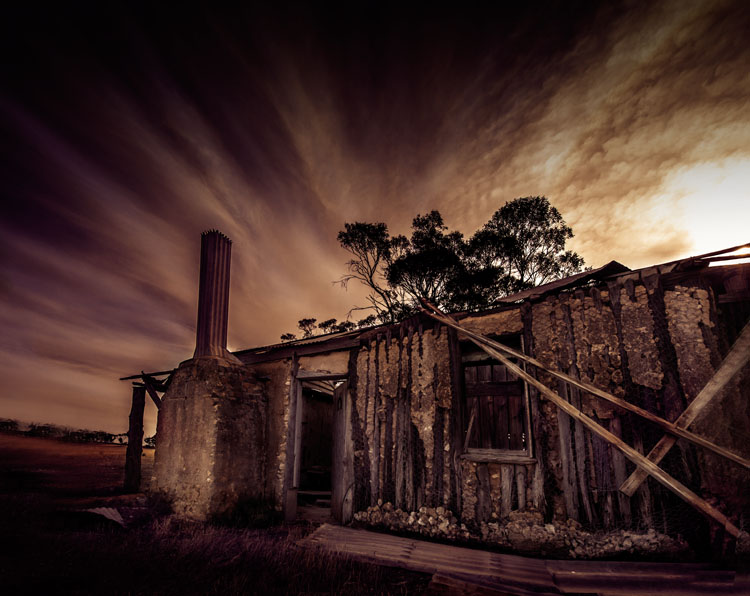

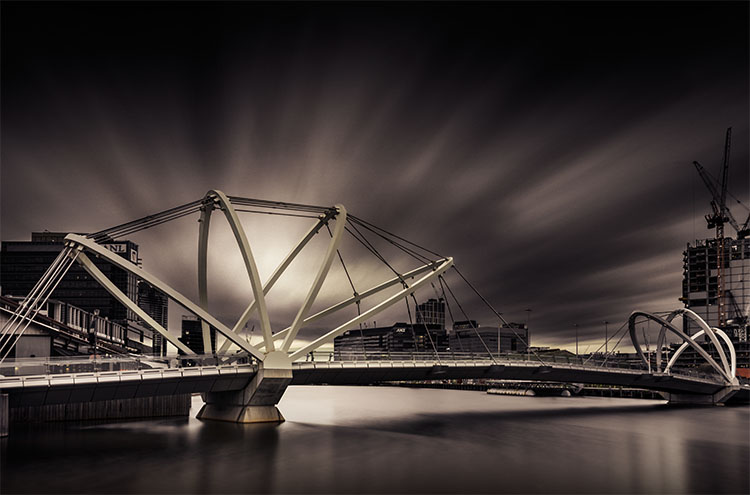
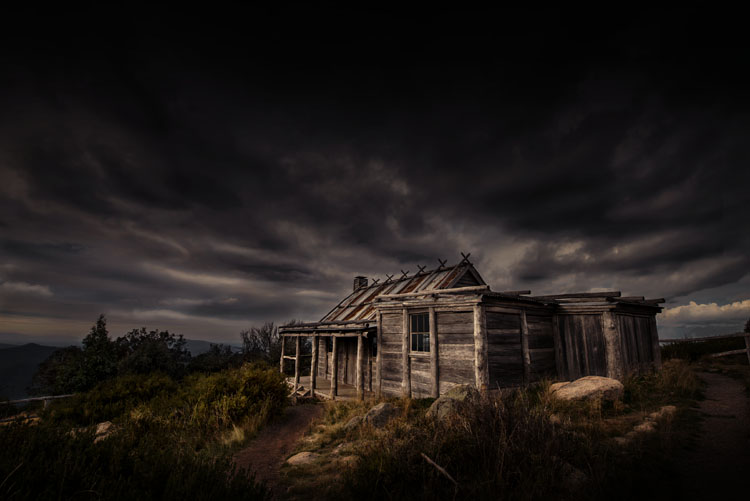

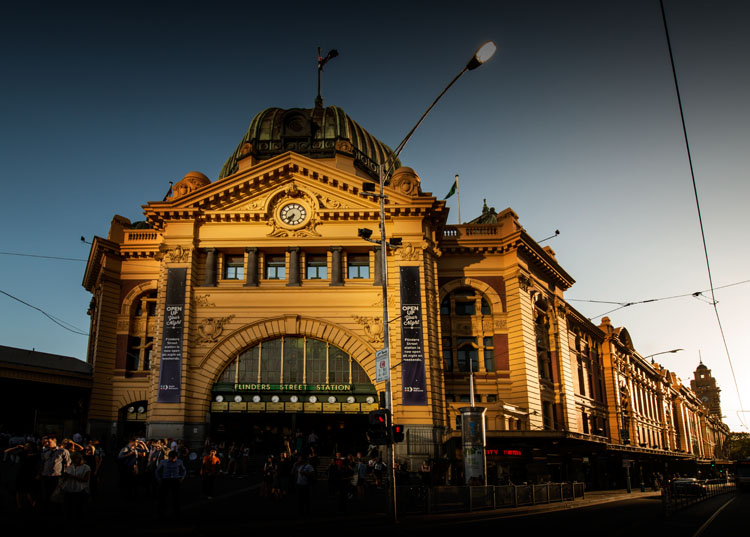
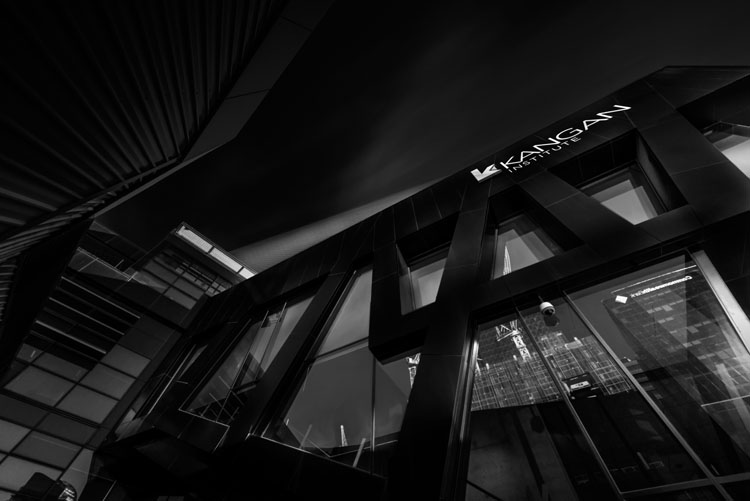
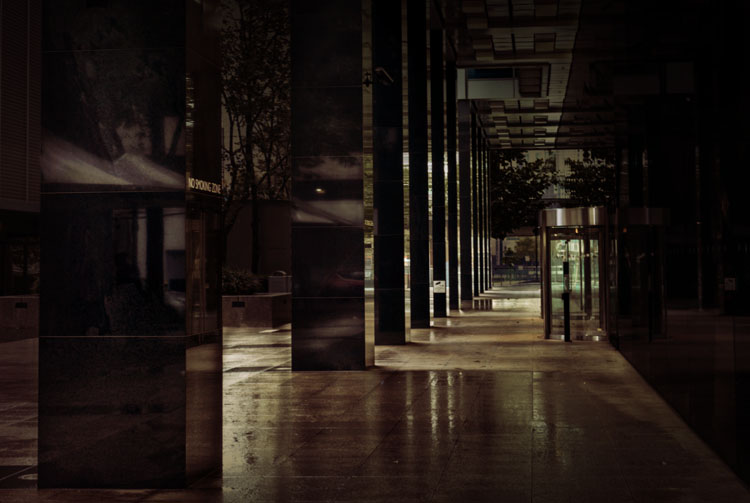
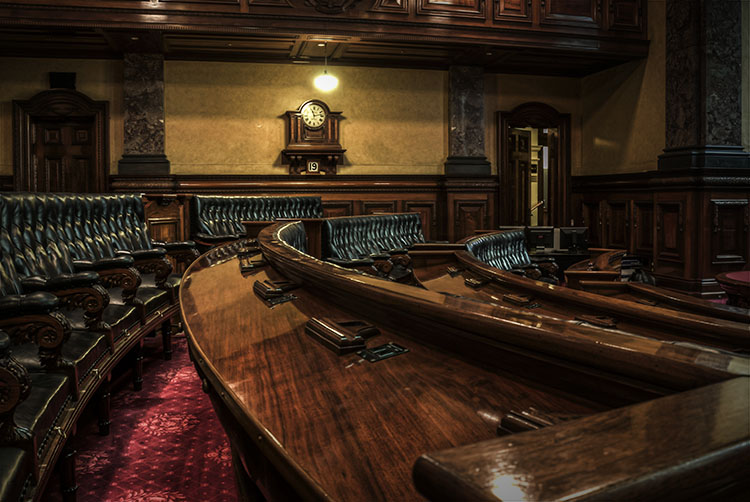
You must be logged in to post a comment.